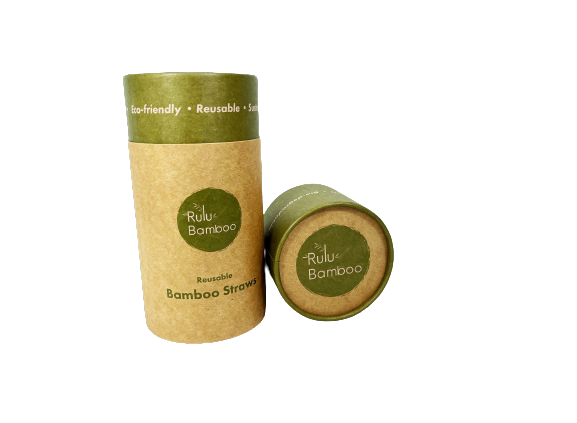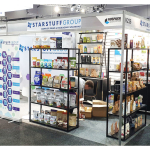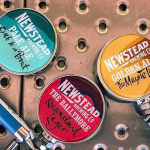Tips on How to Create Eye-catching Packaging
The packaging identifies the product and reassures consumers that their purchase is the right one. However, this can only occur when brand owners match the qualities of the product’s packaging with what consumers desire. Packaging should never prevent consumers from making a purchase. To get this right, there are some tips that marketers and design experts should apply.
1. Begin Early
Begin Designing the Packaging Early in the Product Development Process. Draft several ideas in order to get a visual of what the end product should look like. Compare what some of the competitors have done with their packaging. Packaging ideas might also come from products in a different category. Develop mock-ups based on target market research. Consumers are the best source for expressing what they want to see or need.
2. Keep it simple
Less is more for many products. Trying to oversell a product through its packaging can have the opposite effect. Make sure the packaging performs what is necessary, nothing more. The product should be easily transportable, include applicable warning, and also preserve and protect the product.
3. Consider Branding and Positioning
Market Positioning and Branding are important factors to consider. Knowing the target market for a specific product includes identifying their expectations for the product. Investigating the end users will help determine the most effective and eye-catching packaging. Find out how competitors products are failing to meet needs and exploit it.
4. Identify How it will be sold
Selling products over the Internet is a slightly different animal than having products in a brick and mortar store. Consumers are unable to touch and feel the product before buying, so the packaging must appeal to other senses. Still, a product that sits on a shelf has to standout from the competing products enough for consumers to buy it.
5. Think Green
Many consumers are becoming more conscious of how the products they buy affect environmental issues. Most people recycle and expect product packaging to also be friendly to the environment. Developing eye-catching packaging designs that double as eco-friendly packaging can also boost sales.
6. Hold the Consumer’s Attention
Target market research will reveal ideas that will get and hold consumers’ attention. The average consumer has a short attention span and may need many whistles and bells before deciding to buy the product. However, the packaging should not have so many trends and colours that it becomes irrelevant. Finding the perfect balance may come through trial and error. Maintain consumer loyalty by making slight changes to the packaging at least every two years.
7. Consider it an Investment
Investing in high quality packaging will appeal to consumers’ belief that they are buying something of value. Remember that packaging represents the brand and if the perceived value is low based on how the product looks, consumers will not quickly make a purchase.
8. Protect your product
The exterior details are important to catch the attention of consumers and potential consumers. However, the packaging should also preserve the product until consumers are ready to use it. Consider how long the product might have to remain on the store shelves or in the supply chain process. Slow-moving consumer goods might take several months or years to reach its final destination. Therefore, the packaging materials should be able to withstand the elements with which it comes into contact.
9. Consider Possible Production and Manufacturing Constraints
Determining how the packaging is filled with the product is important. Production and manufacturing constraints may hinder how the packaging is designed and needs to be a part of the initial process. Ongoing discussions with the manufacturing department will ensure that the design aligns with what works best. Work from a short list that takes into consideration the production and manufacturing equipment and staff, as well as what consumers want to see.




